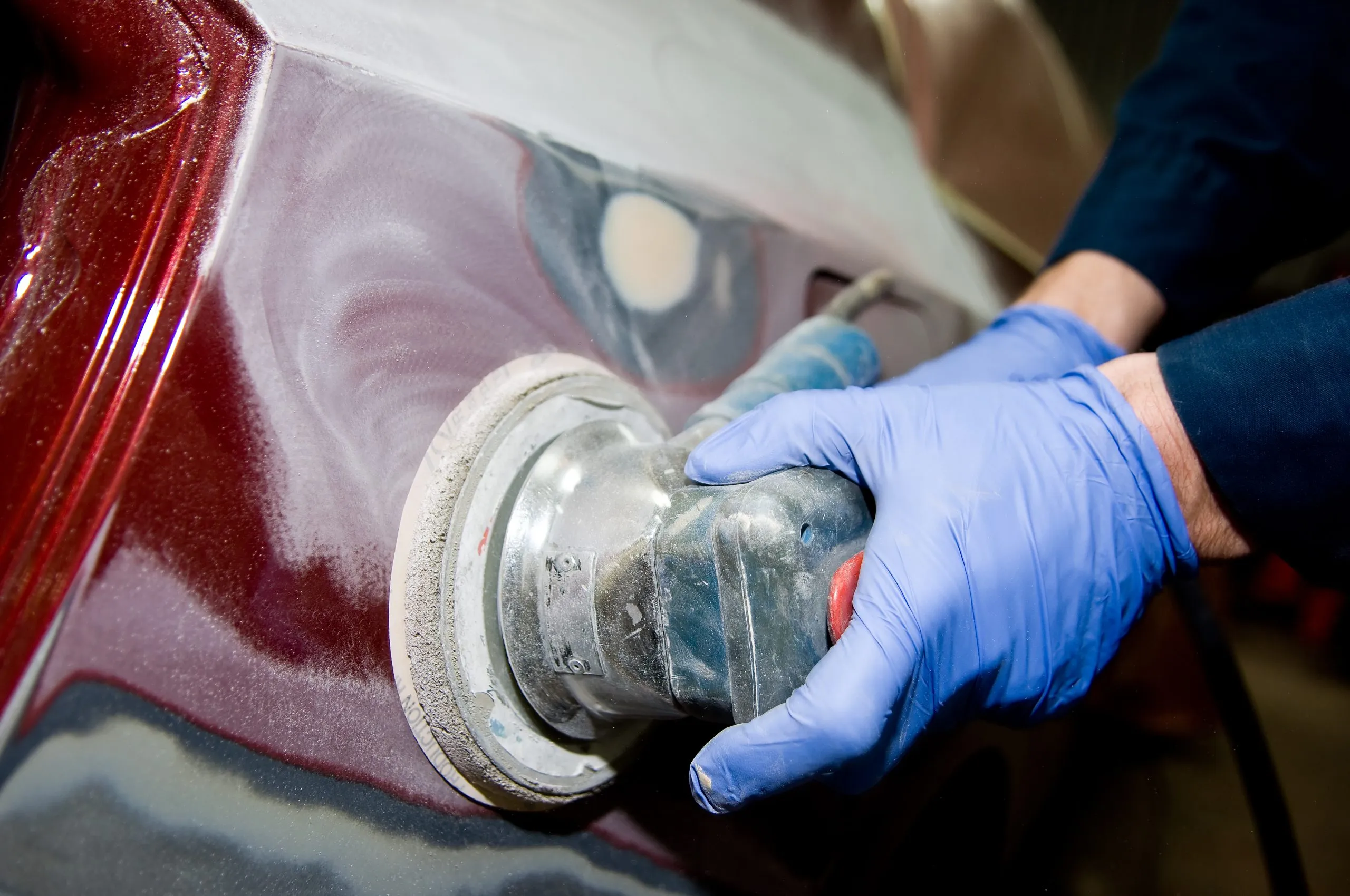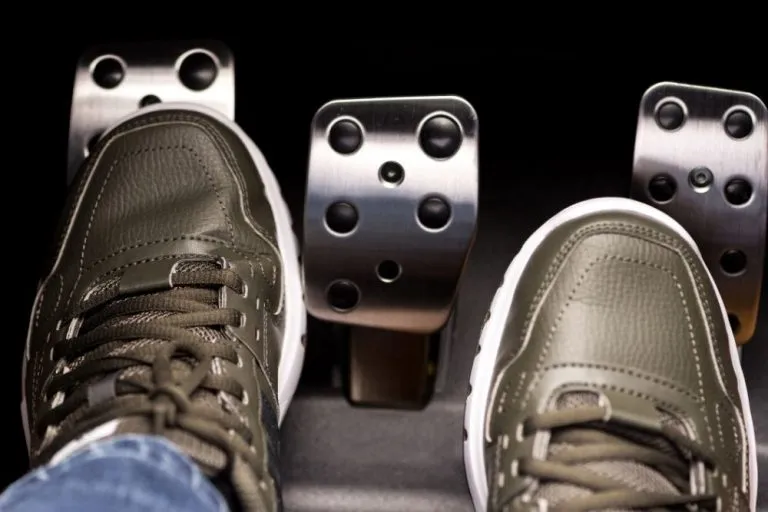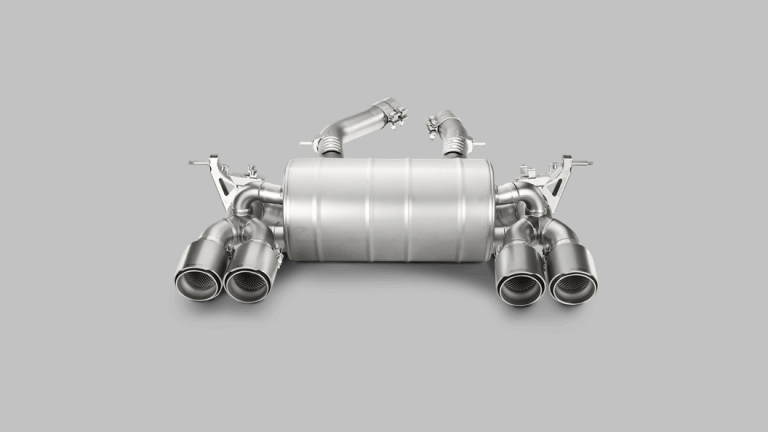Is Bondo Waterproof? (Answered)
Bondo has managed to cement itself as not only a common body filler but most peoples’ go-to. Bondo is used for seemingly anything from boats to bathtubs and everything in between. But, where it truly shines, is as an automotive body filler. But, is Bondo waterproof? What can you use it for and what other tips and tricks for using it might you not yet know? This quick article has it all!
What Is Bondo?
Bondo is a polyester moldable putty that was intended to be used as an automotive filler. And it still is! What turned out to be more of a happy accident than intent by design is how universally useful Bondo is for use around the house and even in marine repairs.
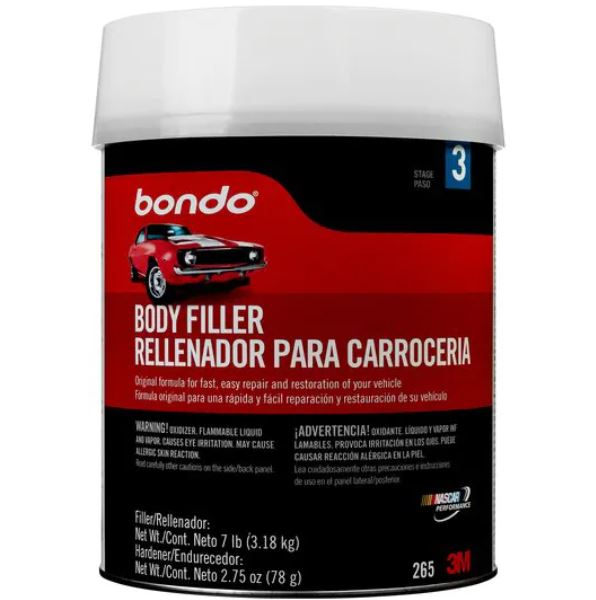
Bondo is made up of two components, polyester filler, and aluminum powder, which when combined and put in contact with air begin to rapidly gain strength and solidify. In just a couple of hours, your polyester putty feels a little more like concrete!
Is Bondo Waterproof?
Yes and no, on its own Bondo polyester putty is not waterproof though you can argue that it is water resistant. Bondo tends to hold up pretty well to getting wet, it won’t simply wash away. However, it can absorb water like you wouldn’t believe! Bondo is commonly used for automotive repairs and even used for minor boat repairs. For that, it has to hold up to water at least somewhat.
However, Bondo Fiberglass and Resin repair kits are 100 percent waterproof though they are not as common and not as versatile. If you plan to use Bondo Fiberglass and Resin kits you must keep in mind that these repairs are harder to cover up subtly and have a much bigger margin for error. Is Bondo waterproof? It depends on which kit. Make sure you are using the right kit for the right job or you may find yourself struggling to sand away every little bit of fiberglass resin running down the side of your car.
What Are The Most Common Uses For Bondo?
Bondo has a ton of uses from repairing bodywork on your car to patching chips in your bathroom sink. Bondo, on its own, is only half a solution as you almost always need to sand it down and then paint over it. Bondo can handle pretty much any patch job you might have around the home or on the car, so long as you have the patience to do the job properly. Many people use Bondo polyester putty to patch holes in walls or to sure up window/door frames.
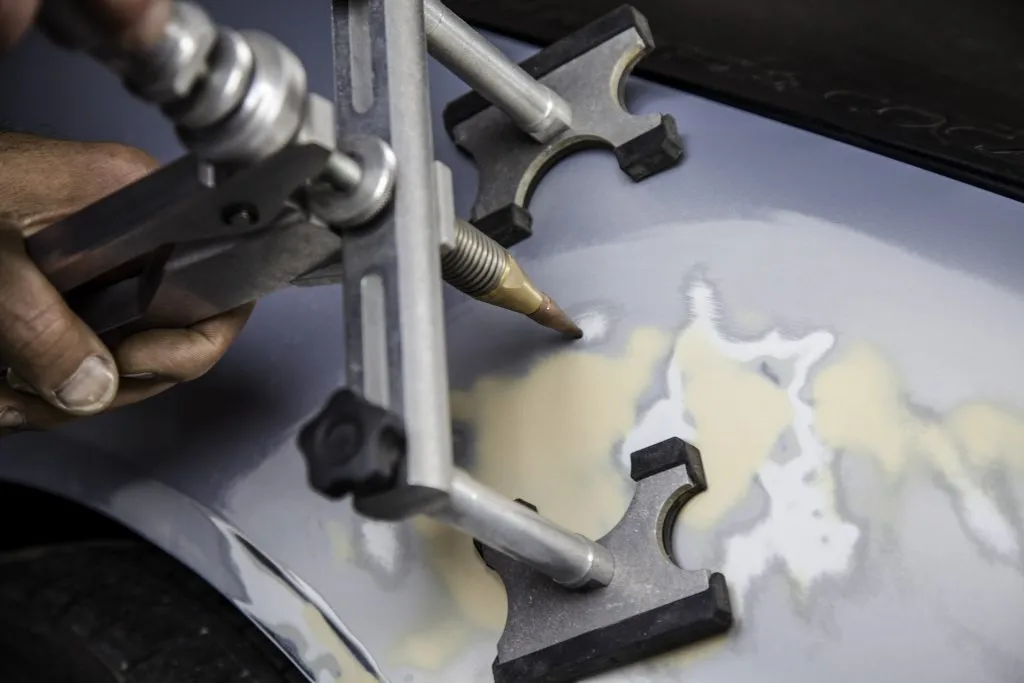
Where Bondo shines brightest is patching up minor scratches and scrapes on the bodywork of your car. Simply use the Bondo to lightly cover a chip in your bodywork, sand it down, and paint over. It can be a pretty tedious task, partly because you need to work so slowly and steadily, but it is by far the most cost-effective at-home repair method.
It cannot be overstated that if you do not take your time to cover only the area that is in need of repairs you will end up making a mess of the whole repair job and damage the surrounding area. Luckily, you can just sand it down back to the paint. But that’s a multi-hour task you could have easily avoided. And, as we just established, Bondo is waterproof/water resistant so it will not just wash off. Sorry!
What Is The Difference Between Bondo and Filler?
Most fillers tend to go over metal, plasterboard, or fiberglass and only cover superficial damage like minor scratches and scrapes. These are generally easier to apply and are often thin resin-based and very quick at setting. They often set in about 15-30 minutes rather than after a couple of hours. Bondo, on the other hand, is useful for dents and scrapes that are 1/4 to 1/2 inch deep (or even more).
Bondo is moldable and slower to set, giving you time to ensure that the entire dent is filled in and you have created a smooth patch job on the surface. Even Bondo resin-based fillers tend to be thicker than their competitors as they are designed to fix larger dings and dents.
If you are planning on taking your car off-roading then Bondo is a great bit of kit to have in the car in case you need to do a quick fix while you are out and about. Many off-roaders like to fix up the gashes and scratches that brush and woodland tend to inflict upon their car without even painting over it again. Why fix it up if you are just going to wreck it again?
Can I Paint Over Bondo?
After you have filled in your dings and dents with Bondo it’s time to hide your work. It may be tempting to show off your smooth sand job on the filler but let’s face it, you’d rather hide the fact you needed to do it all together. Is Bondo waterproof?
Yes, potentially! So how the heck are you going to paint it? If you are using polyester putty the trick is to paint over it with primer first. The putty will absorb the primer (if you paint on a thick enough layer) and allow you to use the absorbed primer as your base coat. If you paint directly onto the putty your putty will just absorb the paint. Car paint isn’t cheap so that best avoided
If, however, you are using a resin-based Bondo to cover minor damage to your car then you will want to apply the lightest layer of primer before you go ahead and put the finishing touches on it. While resin-based Bondo is waterproof and therefore won’t absorb your paint, it also doesn’t make the best surface to paint on. A very thin layer of primer before you start is enough to give your final coat the surface it needs to.
Our Final View on ‘Is Bondo Waterproof?’
Hopefully, this article has answered any and all questions you may have had about “Is Bondo Waterproof?”. In summary, yes, Bondo can be waterproof or water-resistant depending on which type you are using. It is such a versatile product that you can find a use for it all over the home as well as when you need to show your car a little love. Remember, you’ve got to work quickly if you don’t want to be sanding Bondo off your car from now until next week!

